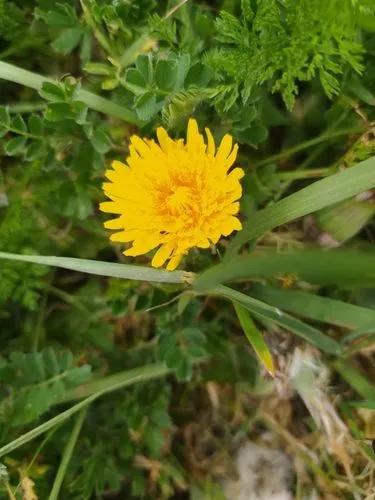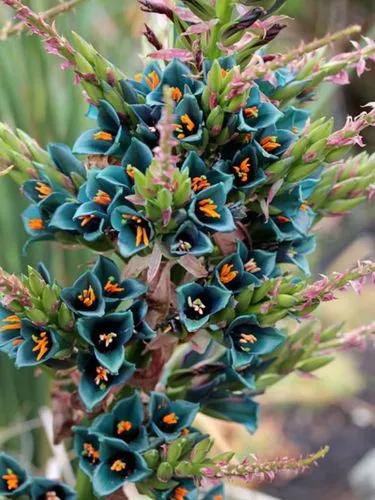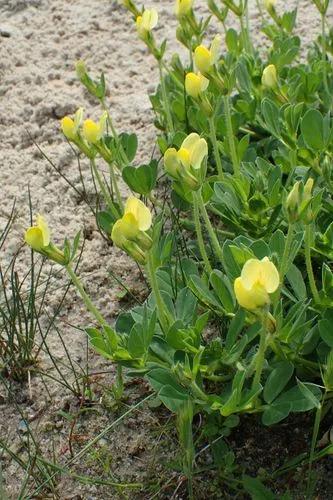Native to Europe and Asia and now widely established throughout North America, Rorippa sylvestris can be confused with the native annual Bog Yellow-cress (Rorippa palutris). Creeping Yellow-cress however is a perennial, forming dense colonies, its flowers are over twice the size of R. palustris, and its mature fruit longer and more slender.
Creeping Yellowcress Care
Rorippa sylvestris



Stems - Herbaceous, erect, from rhizomes, glabrous, green or becoming purple in the strong sun, ribbed, to +/-35cm tall, branching (Missouri Flora Web). Leaves - Alternate, petiolate, deeply pinnatifid. Basal leaves to -10cm long, 2-2.5cm broad, with +/-6 main divisions per side. Cauline leaves similar but reduced. All leaves glabrous or with very few short hairs. Divisions of the leaves toothed. Upper leaves with thinner and fewer divisions than the lower. Tissue connecting the divisions of the leaves 0.2-0.3mm broad (Missouri Flora Web). Inflorescence - Terminal and axillary racemes to +10cm long. Axis glabrous. Pedicels to 4mm long in flower, expanding to +/-1cm long in fruit, glabrous. Inflorescence compact in flower, quickly expanding. Siliques to 1cm long, 1mm in diameter, cylindric but slightly compressed, glabrous, with a beak to 1mm long (Missouri Flora Web). Flowers - Petals 4, distinct, spatulate, yellow, glabrous, to +4mm long, 1.5mm broad, rounded at the apex. Stamens 6, erect, 4 larger and 2 smaller. Filaments yellow, glabrous, to 3mm long. Anthers yellow, 1mm long. Ovary cylindric, green-yellow, glabrous, 2mm long in flower, superior. Style .5mm long. Stigmas globose-capitate, .7mm broad. Sepals 4, distinct, yellow, erect to spreading, cupped, mostly glabrous but often with a few hairs at the apex externally, entire, 2-2.5mm long, to 1mm broad, subulate (Missouri Flora Web).
This plant is useful.
How to get rid of: Control Once established, this plant is very difficult to control.
Physical Readily re-grows from rhizome fragments – most attempts at physical control only exacerbate the problem when small fragments are missed and regrow.
Chemical Pre-emergent herbicides suppress top growth but do not kill rhizomes which quickly produce new plantlets in response to the loss of the top. Glyphosate is marginally effective. Selective post-emergent herbicides are not available.
How to Care for the Plant

Popularity

143 people already have this plant 37 people have added this plant to their wishlists
Discover more plants with the list below
Popular articles






